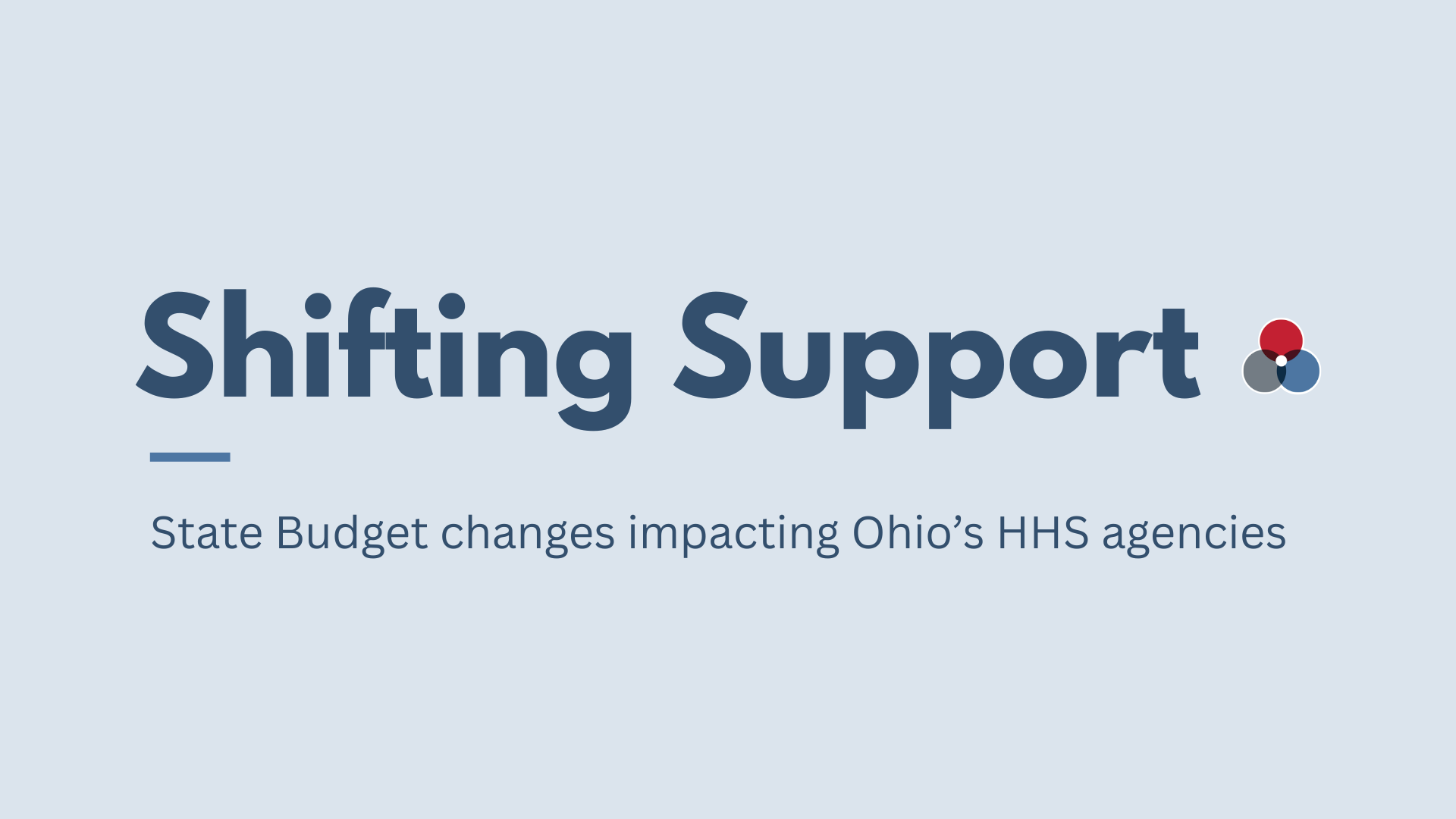By: John Begala, former Community Solutions Executive Director
Since my first tenure at the Center for Community Solutions 26 years ago, I have been grateful to be able to periodically weigh in on the challenges of public policies and programs addressing basic human needs. On two previous occasions, in 2005 and 2014, significant anniversaries of the Social Security Act offered occasions to address the landmark legislation's shortcomings and mounting fiscal challenges. The problems were and remain more extensive than most people realize because they extend far beyond the old age and disability pensions that usually come to mind: the Social Security Act is, in fact, the basic framework for the vast array of federal economic, health, and social support to American families.
As we approach next year’s 90th anniversary of the Social Security Act in 2025, I hope this analysis goes beyond informing readers to provoke reflection and action.
Those earlier essays, and many others like them, did nothing to affect the inertia of federal policymaking. As we approach next year’s 90th anniversary of the Social Security Act in 2025, I hope this analysis goes beyond informing readers to provoke reflection and action. The recommendations aim at comprehensive reform on a scale equivalent to what the founders of American Social Security envisioned in 1935. They borrow freely from both “liberal” and “conservative” approaches to define common ground – confluence rather than conflict.
I have given the basic idea of social security, along with the infinitely complex policies and programs under its name, a lot of thought over many years – and I believe in the reforms proposed in this essay. To the extent that they fall short, I hope you will agree that their broad scope is appropriate and long overdue. In that light, please consider this an invitation to a conversation that might grow over the months ahead and culminate in a White House Conference on Social Security. Such conferences have periodically been a vehicle for building understanding and consensus on domestic policy dating back to the Truman administration. I cannot imagine a more important priority for America’s future than convening such a conference during the Social Security Act’s 90th anniversary year.
Social Security Act
The Social Security Act will turn 90 years old next year, an opportunity to celebrate and renew commitment to a landmark of American government and culture. It is also an opportunity to initiate top-to-bottom reform of an inordinately complex and financially troubled tangle of domestic programs that are exasperating to beneficiaries and incomprehensible to the general public—and most policymakers.
About 150 million Americans today receive benefits through the Social Security Act – more than the entire population when it was first adopted in 1935.
Virtually all Americans living into their middle-60s will benefit from Social Security Act programs during their lifetimes. In 2023, about 150 million, or 45 percent of all Americans, received benefits from one or more of them. These include approximately:
- 67 million receiving OASDI payments
- 65 million receiving healthcare benefits from Medicare
- 7.4 million receiving Supplemental Security Income payments
- 4.5 million receiving Unemployment Insurance payments
- 2 million receiving Temporary Assistance for Needy Families payments • 88.5 million receiving healthcare benefits from Medicaid and the State Children’s Health Insurance Program.
Chronic fiscal challenges
Social security and related programs are at the heart of chronic and significant federal budget challenges. The Social Security Administration projects that the Hospital Insurance Trust Fund supporting Medicare will become depleted by 2031, sufficient to cover only about 90 percent of projected spending. The Old-Age and Survivors Insurance Trust Fund for pensions will become depleted in 2023, enough for only 77 percent of scheduled benefits.
However, these are only part of a more extensive set of fiscal problems related to social security. In the federal fiscal year 2022, total federal tax receipts from all sources were $4.896 trillion. Spending on social security-related programs and tax credits consumed almost 70 percent of federal tax revenue.
Reimagining social security
The scale of dysfunction and seemingly unbreakable grip of partisan gridlock have so dimmed reform prospects that they have dulled our capacity even to imagine what a rational social security system might look like. Yet, there is no more important public policy priority than comprehensively reforming these programs and doing so with this clarity of purpose: treating the social security of each American citizen as a national priority.
This could be achieved by massive consolidation of domestic programs around five critical elements of a reformed Social Security Act:
- OASDI, continuing its legacy of financial security for older adults and people with disabilities with new flexibility for delayed and partial retirement.
- Medicare, placing it on firm financial footing and expanding it to encompass the federal-state partnership covering older adults and people with disabilities.
- A new Personal and Family Income program consolidating various cash assistance programs for people who are temporarily unemployed, disabled, or in need of temporary cash assistance and administered consistently in all 50 states.
- Comprehensive Basic Needs Vouchers consolidating numerous categorical aid programs for food, health care, child and adult daycare, and housing
- Social Services Block Grants to the states, replacing numerous categorical grant programs to the states.
The benefits of social security reform
These changes would reduce budget deficits while strengthening social security finances and reducing the cost of federal programs to the states. The significant fiscal effects would be:
- Stability
- Deficit Reduction
- Fiscal Relief to the States
- Fair Taxation
America needs a new, open, and participative approach to addressing today’s needs and systematically and rationally adapting to future changes in the workforce, workplace, and economy.


%20(1).png)





